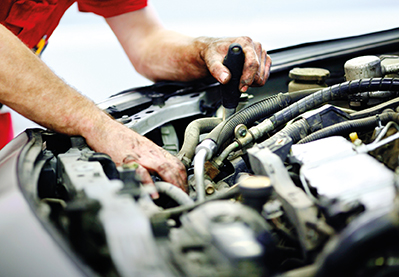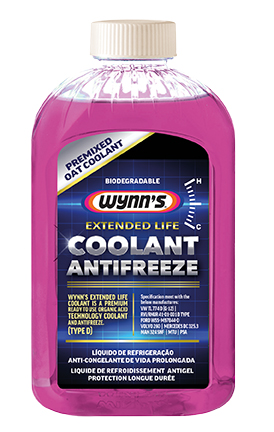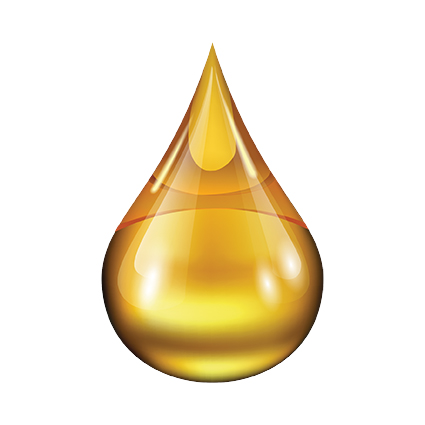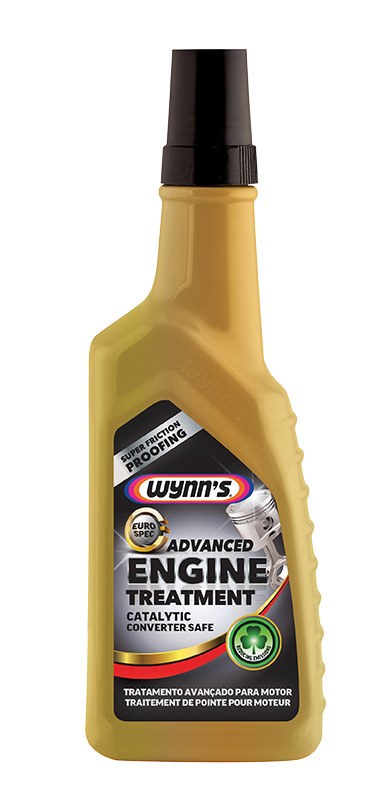For as long as the internal combustion engine has been around, the quest to find the best possible lubrication solution has been critical to ensuring ongoing reliability and efficiency. That’s where Wynn’s come in…
Engine lubrication – for 75 years, this has remained the essence of the Wynn’s brand. For all this time, Wynn’s has been successfully maximising engine protection with its carefully formulated oil-additive packages. Today, it provides solutions to enhance the protection of all kinds of engines (petrol and diesel, new and old), as well as differentials, gearboxes, cooling systems, fuel systems and even air conditioners.
The company was started in 1939 by Chestien Wynn, a 70-year-old retired attorney with an interest in lubrication technology. He came up with a formula for an oil – Wynn’s Friction Proofing – that coated the engine’s metal surfaces, making it better able to withstand wear and friction. He mixed and bottled his formula, selling it to local petrol stations, and soon had a thriving business.
The war brought things to a halt, but Mr Wynn picked up where he left off straight afterwards. In 1947, his son Carl joined the company and in May that year, the Wynn’s Oil Company was officially incorporated.
Since then, Wynn’s has remained focused on meeting the needs of the motoring industry – the end user as well as the aftermarket – in all shapes and sizes. Products are regularly added or reformulated to address the changing needs introduced by new engines and changing designs, ensuring that power plants of all vintages and configurations can enjoy maximum protection.
Wynn’s latest generation of lubricant products addresses the problems linked to many modern lubricants, which have low levels of sulphated ash, phosphorus and sulphur (SAPS) to make them more suited to cars with exhaust systems with sophisticated gas-cleansing functions.
These low-viscosity, low-SAPS oils often also have a lower resistance to degradation from contaminants. Many of the anti-wear additive components have been removed, owing to catalytic converter incompatibility. Low-viscosity oils, in particular, have lower film strength – critical to ensuring the separation of moving parts during boundary lubrication on start-up.
Another feature that is increasing the load on modern oils is the wide-spread adoption of stop-start technology. While it’s good for the environment, it’s extremely taxing on the engine because – depending on the duration of the ‘stop’ phase when the engine switches off – hot oil rapidly drains back to the sump. This means the engine is undergoing a continuous process of being restarted with reduced protection.
A final problem is that oil sludging can slow the critical supply of oil via the narrower channels and smaller oil galleries used to make modern engines so compact. It can also hinder the other functions of the oil, such as acting as a coolant, providing hydraulic pressure and providing lubrication to the engine in its entirety.
With all of these concerns in mind, it should come as no surprise that the research into and development of better and better products by the dedicated engineers at Wynn’s is an ongoing, never-ceasing process.
WYNN’S ADVANCED ENGINE TREATMENT
Wynn’s Advanced Engine Treatment improves the lubricating and cleaning properties of engine oils, reduces friction, and prevents the formation of sludge and varnish. This new product is designed to protect and enhance modern lubrication systems, is fully compatible with all mineral and synthetic multigrade and single oils, and will not harm the catalytic converter in any way.
Not only does it reduce friction and wear (especially in stop-start driving), but it conditions metal surfaces and retards oil ageing by preventing oxidation and premature thickening. The benefits include reduced fuel consumption, more effective filtration thanks to reduced contamination of the oil filter and, ultimately, longer engine life.
WYNN’S OIL SYSTEM FLUSH
Oils have changed dramatically, even in the past decade, and the demands placed on them are higher than ever before. Operating temperatures have increased and lubricants are required to play an important role in making the engine as efficient as possible by minimising mechanical drag, yet must be able to provide exceptional protection from cold. In turbocharged engines, the engine oil must also lubricate the turbocharger’s bearings (which operate at exceptionally high speeds), while doubling as a hydraulic fluid to assist in opening and closing the valves.
Under these severe and varied conditions, deposits can form. Removal of these becomes imperative if maximum efficiency is to be maintained. A periodic deep cleansing is required to remove varnish and sludge – and Wynn’s Oil System Flush is designed to do exactly this. Its fast-acting formula and low viscosity facilitate cleansing of even the smallest galleries and channels, while the water emulsifier removes moisture from the system. Additionally, the formulation keeps loosened deposits in suspension, enabling them to be flushed away when the sump is drained.
The temperatures are beginning to slide downwards and it will be winter soon, so now is a good time to check the level and condition of your car’s antifreeze.
Wynn’s Extended Life Coolant is a premium organic acid technology (OAT) product designed to work in all internal combustion engines, old or new. It’s 100% compatible with the lightweight alloys that are commonly utilised in modern engines. Its features include OAT corrosion inhibitors, alkaline neutralisers and additives to help prevent cavitation and/or foaming of the radiator water.
Not only that, but the product can remove 30% of heat generated by an engine – good to know, as some statistics indicate that more than half of all engine failures can be attributed to overheating. It will protect the radiator from freezing, down to a temperature of −25°C. So,
in our relatively mild conditions, it is well within its operating parameters.
A carefully blended coolant is essential in modern engines, where heat-exchange systems are far more critical than before and temperatures need to be efficiently controlled in order to stay within an ideal operating range.
Photography Wynn’s, istockphoto
(This article was first published in the autumn 2016 issue of AA traveller magazine)







